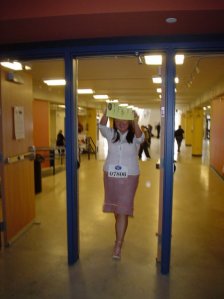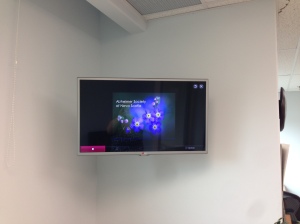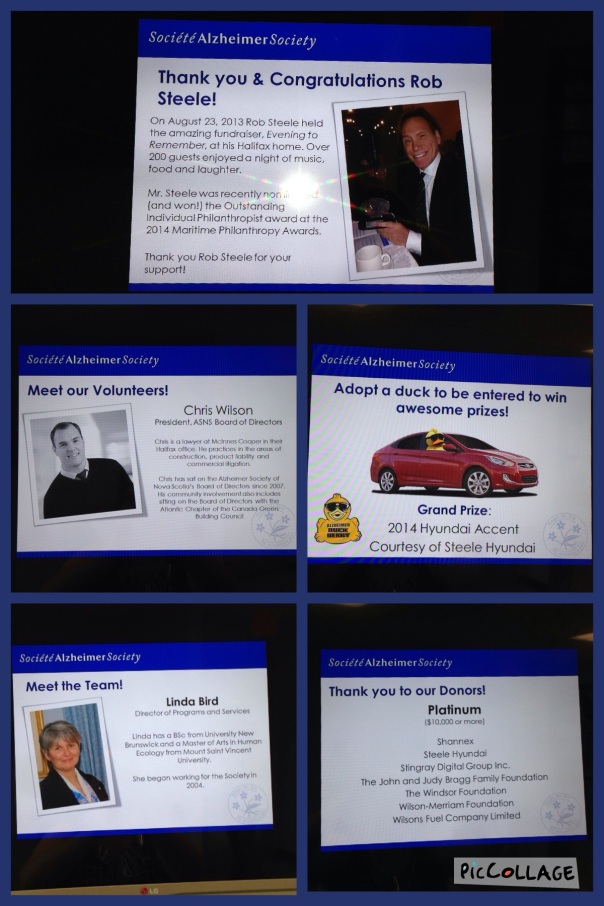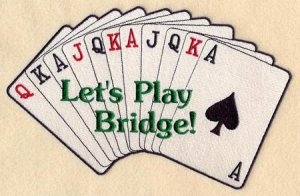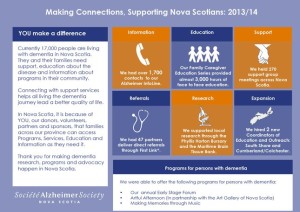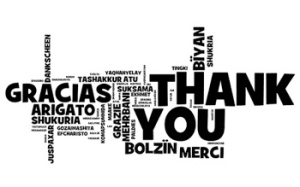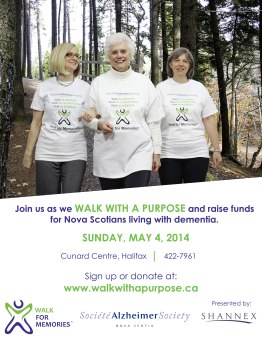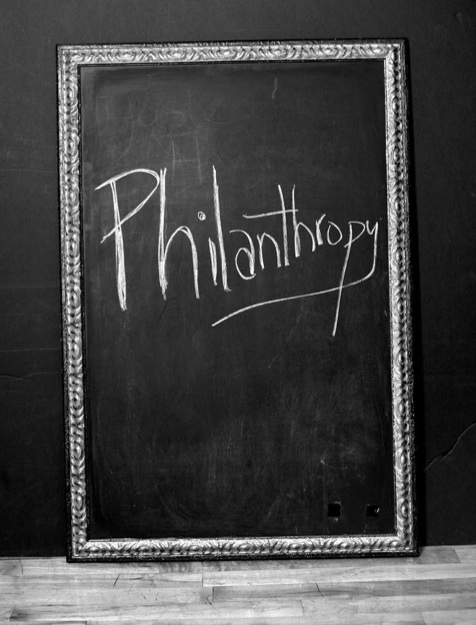http://www.youtube.com/watch?v=HkFn8J6YNM8
A video to YOU!
Christmas carols begin in stores too soon after Halloween; office phones ring and fill the hallways in our new renovated space, and the sound of rain against our windows is more constant this winter than ever before.
These are sounds we are accustomed too. Sure to some they are annoyances, but to others they are a good sign (rain equals no snow!) But there is a new sound that is happening in our office. We heard it last year and this year, on the same day.
Problem is, it’s kind of silent. It’s the “hum” that fills the air on Giving Tuesday.
We wrote about Giving Tuesday last year (the first year in Canada) pretty extensively. YOU can read those posts here and here. What I might not have had time to fully appreciate last year, was the feeling that overcomes the office on this special day.
All year long, we appreciate our donors. It is because of them that many Nova Scotians receive the support that they need as they live the dementia journey.
But Giving Tuesday 2014 was a day that started and ended differently than the other 364 days. At the Alzheimer Society of Nova Scotia we began at 8 am when I was on the morning breakfast news, talking about Giving Tuesday and how it impacts those we serve. I brought coffee into the office for everyone to wish them a happy Giving Tuesday. Smiles were already on their faces because people had walked in to donate, others had called.
By mid-morning I had a list of donors for our Executive Director to call. He was calling to just say thank you and offer our services if the donor needed support. At the same time he was doing that, I saw Facebook posts from donors who were shocked and happy they had received a call.
At lunch, I was off to visit the offices of our Giving Tuesday matching partner, Deloitte. In celebration of the day and partnership, they hosted a lunch and learn for their employees about dementia. It was great to have that kind of partner engagement!
Back in the office and another interview this time with CBC news. The reporter Angela, told me that she started her day at Tim Horton’s with the customer in front of her paying for her coffee. It made her day! That, I told her, is what Giving Tuesday is about, making others feel comfort and happiness. She acknowledged that she had spent the rest of the day in a great mood. Her own silent “hum of happiness.”
That afternoon, my Executive Director was making his way into my office, with a smile and I sensed that silent happiness hum. He told me how much he was enjoying Giving Tuesday, calling all the donors, listening to their stories about why they donated and offering our support. He glided back to his office with a new list to call.
Working in an office setting can be stressful. Why are we out of coffee cream again? Who keeps yelling on speakerphone? Working in a non-profit adds another layer of stress. Are we helping enough people? Can we raise a little bit more to fund a new program? The thing I like about participating in Giving Tuesday, is the “silent hum of happiness” from donors, to partners, to staff. It truly is the beginning of the holiday season when you see that many smiles in one day. So thank YOU for making it possible.
(Next weeks blog post we’ll dive into the data of Giving Tuesday!)
